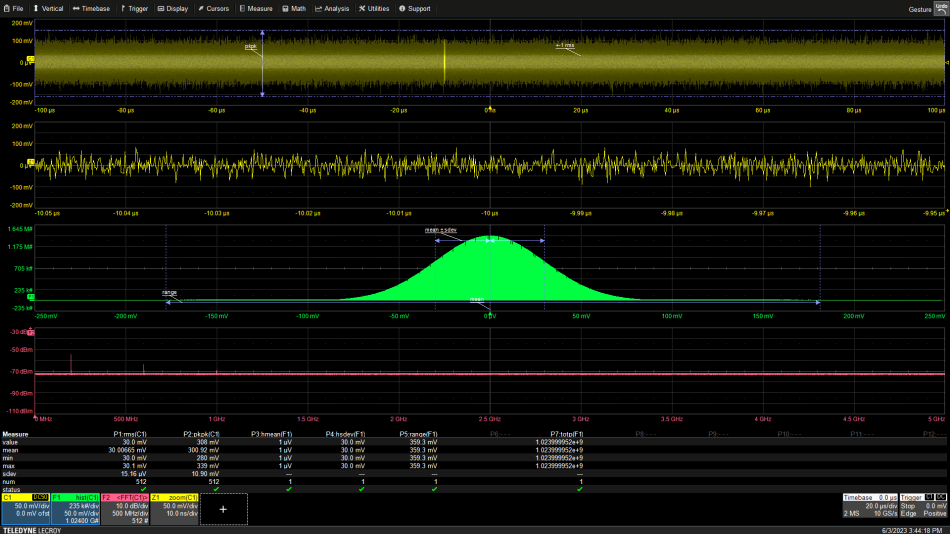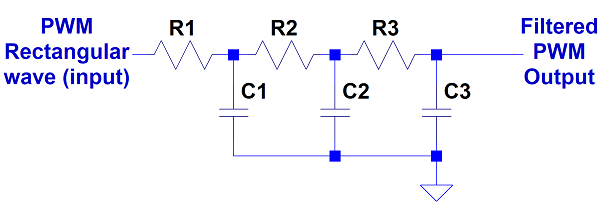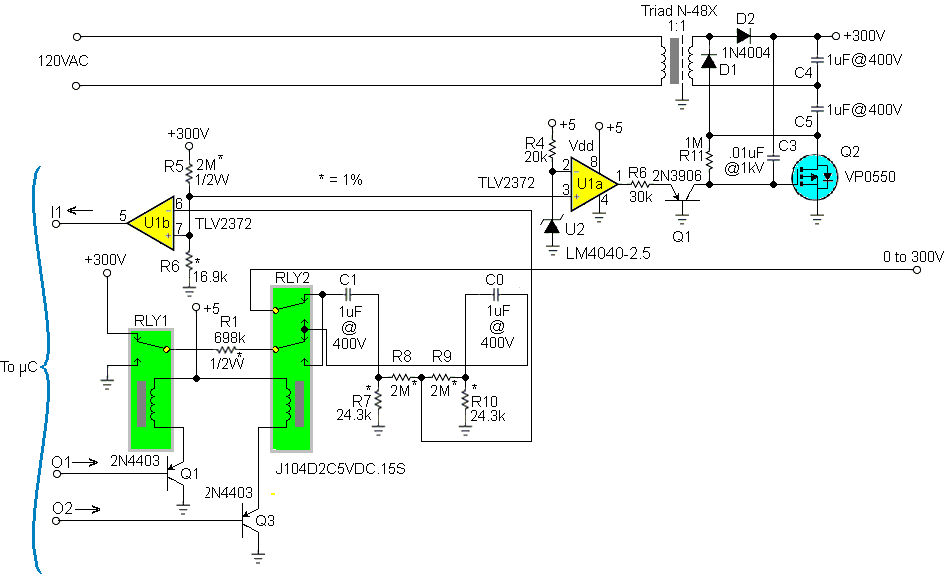
Fibonacci and the golden mean
- Analog
- 2023-09-23 21:19:31
What we today call the golden mean was known in antiquity. It is a specific ratio of lengths between two line segments. Ancient architects often used this ratio to achieve visually pleasing esthetic effects.
Please see this Wikipedia article on the golden mean.
Even today, graphic presentations with width to height ratios made equal or nearly equal to the golden mean can lead to less stressful user viewing. For example, the 16:9 aspect ratio of the modern television screen is a ratio of 1.777…which as we shall see below is fairly close to the golden mean value.
With reference to two line segments called “a” and “b”, derivation of the golden mean goes along the following lines as shown in Figure 1. (Yes, that was a pun.)




Now take a look at the Wikipedia article on Fibonacci.
Fibonacci, was born in Pisa c.1170 and died in Pisa c.1240-50, was an Italian mathematician who introduced a mathematical concept we today call the Fibonacci series that goes like this (Figure 2):

Figure 2 The Fibonacci series is an infininite series beginning with the numbers 0 and 1 where each number is the sum of the two preceding numbers. Source: John Dunn
The increasing numbers in the Fibonacci series increase by the same algorithm as the segment lengths increase as shown in the golden mean derivation.
Since the square root of five is an irrational number, the golden mean is also an irrational number. Since the numbers in the Fibonacci series are all integers, the ratios of each number to the number immediately before can never exactly equal the golden mean, but as those numbers get larger and larger with greater quantities of significant digits with which to find their division ratios, those ratios do converge on the golden mean.
It is a tribute to Fibonacci himself that he is honored and his work is still remembered after eight centuries.
John Dunn is an electronics consultant, and a graduate of The Polytechnic Institute of Brooklyn (BSEE) and of New York University (MSEE).
Related Content
Can Fibonacci numbers improve your search algorithms?Computers will be more than 1s & 0sMaking number theory relevant (& fun)Measure career advancement by blowing your mindFibonacci and the golden mean由Voice of the EngineerAnalogColumn releasethank you for your recognition of Voice of the Engineer and for our original works As well as the favor of the article, you are very welcome to share it on your personal website or circle of friends, but please indicate the source of the article when reprinting it.“Fibonacci and the golden mean”










